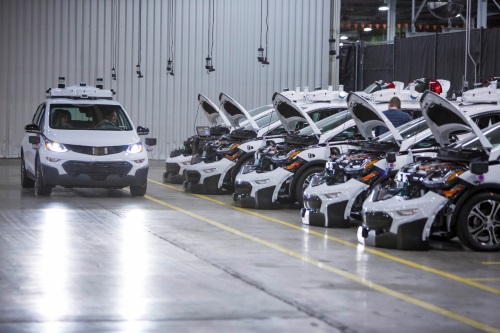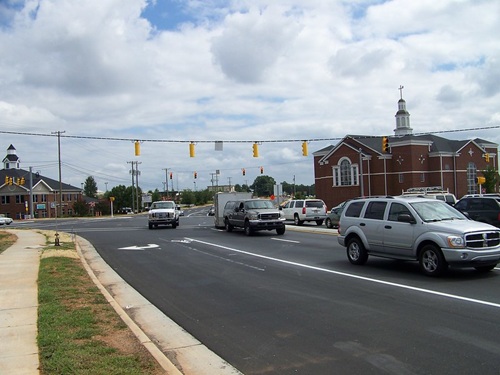The American Association of State Highway and Transportation Officials filed a letter with USDOT on Nov. 5 to offer comments on the agency’s Oct. 9 Federal Register notice regarding its planned study of how automated vehicle technologies may impact the U.S. workforce.
[Above photo by GM.]
AASHTO noted that states are facing more and more issues with employee recruiting and retention, especially for workers with commercial driver’s licenses or who are trained as equipment operators.

“One way to fight this situation is to get ahead of the coming demand for advanced driver assist systems and highly automated vehicles employment and anticipate what collateral jobs it will create,” AASHTO said in its letter. “Studies … must determine and communicate the knowledge, skills, training, and equipment that will be required to turn the transition into an advantage.”
Yet AASHTO stressed that it is “concerned” with the effects of ADAS and HAV on the workforce, especially as they eliminate much of the “traditional maintenance” conducted by state DOT technicians and/or mechanics.
“If this vehicular revolution takes place while our maintenance technicians are still employed, and they become obsolete, new assignments and positions must be made for them,” the group said in its letter. “In general, these employees are less educated, aging and possessing skill sets not compatible with other [state] DOT work needs. There would have to be a detailed plan for cross-training.”

AASHTO added that as vehicle technology becomes more “digital,” there will be a greater need for personnel steeped in science, technology, engineering and mathematics or STEM disciplines.
“Specifically, we foresee massive amounts of data becoming available as well as being used in the operation of ADAS and HAV,” the group noted. “In short, data will become available for every possible function and activity the vehicle does. [And that] greater volume of data
generation and demand will require a greater need for data scientists in collecting, processing, and implementing the information, and the corresponding computer equipment to do so.”
 Top Stories
Top Stories


